The views expressed in our content reflect individual perspectives and do not represent the authoritative views of the Baha'i Faith.
Baha’is take a bird’s eye view of religious history. In this grand panorama, while flying above the horizon of time across the arc of history, Baha’is see successive religions as an unfolding pattern of “progressive revelation.”
Among the Messengers of God whom Baha’is recognize is the Prophet Zoroaster (c. 1200 BCE), prophet-founder of Zoroastrianism, whom Baha’u’llah, prophet-founder of the Baha’i Faith, honors as “Him Who is the Spirit of purity”:
Hindus and Zoroastrians do not permit or welcome outsiders who wish to join their ranks. This runneth counter to the purpose underlying the advent of the Messengers of God and to that which hath been revealed in their Books. For those Who have appeared at God’s behest have been entrusted with the guidance and education of all people. … The [Zoroastrian] fire-temples of the world stand as eloquent testimony to this truth. In their time they summoned, with burning zeal, all the inhabitants of the earth to Him Who is the Spirit of purity [Zoroaster]. – Baha’u’llah, Tabernacle of Unity, p. 42 (par. 2.41). (Emphasis added.)
This background now brings us to the real topic of this article: interfaith dialogue, and how Zoroaster and Isaiah might offer surprising exemplars.
Interfaith understanding and cooperation is becoming increasingly attractive and practical, even necessary, if religions ever hope to make a positive difference in the world today. But interfaith dialogue is not new. It is actually quite ancient.
Did you know, for instance, that, according to the Baha’i teachings, the prophet Zoroaster met and conversed with some of the prophets of Israel? Hard to believe, yet hard to deny, on the authority of such texts these:
… the Holy Land—the Land promised by God to Abraham, sanctified by the Revelation of Moses, honored by the lives and labors of the Hebrew patriarchs, judges, kings and prophets, revered as the cradle of Christianity, and as the place where Zoroaster, according to ’Abdu’l-Bahá’s testimony, had “held converse with some of the Prophets of Israel” … – Shoghi Effendi, God Passes By, p. 183.
Zoroaster made a journey to that region [the Holy Land] and held converse with some of the Prophets of Israel. (Ḥaḍrat-i Zardusht nīz safarī bi-īn diyār farmūdand va bā ba’ḍī az anbīyā-yi banī isrā’il mulāqāt namūdand.)
– Provisional translation by Necati Alkan. Transliteration by Christopher Buck. Original Persian Tablet.
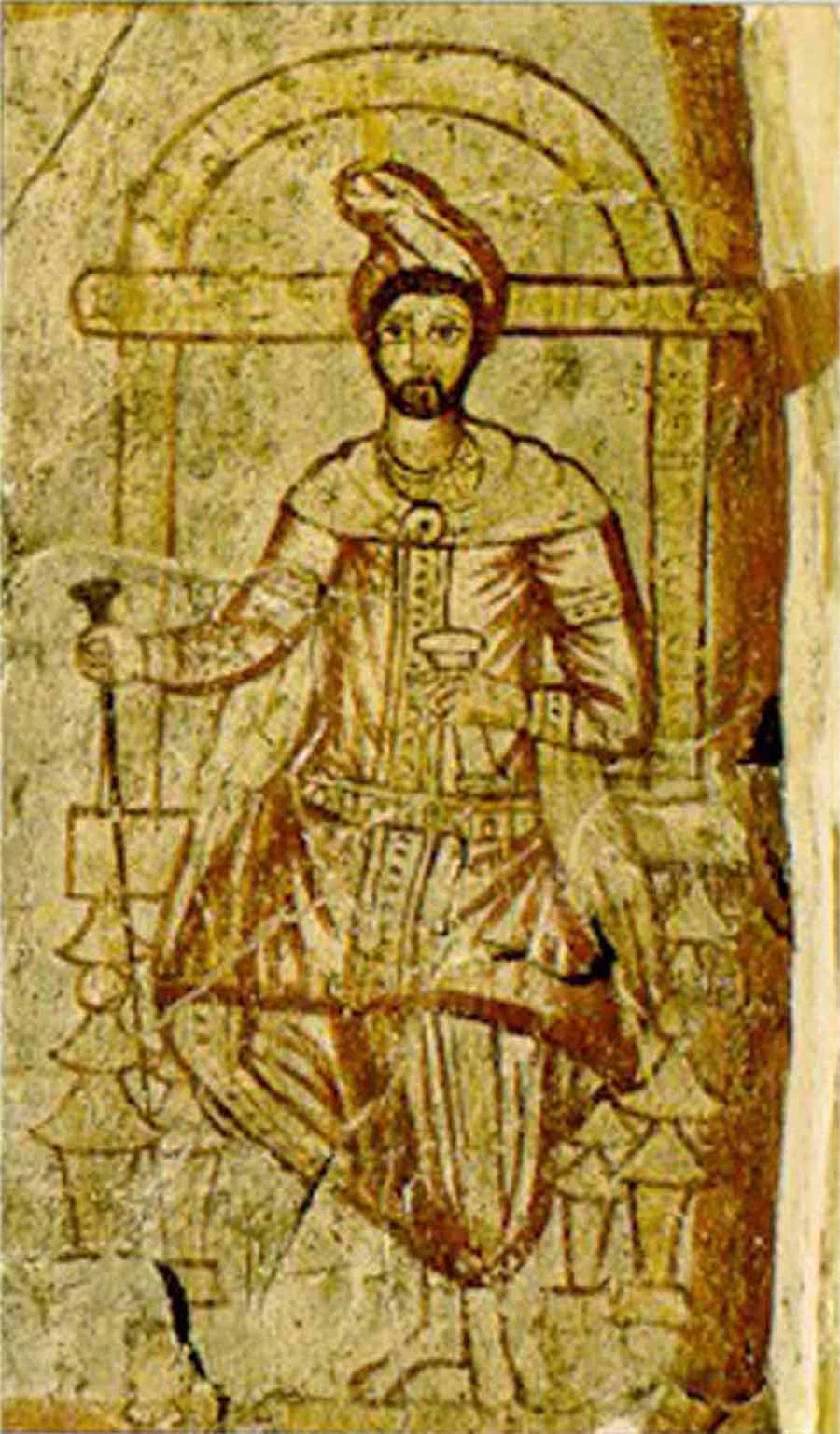
Third century depiction of Zoroaster
The Avesta is the sacred book of Zoroastrianism. The “Older Avesta” is thought to have been written by Zoroaster himself. This consists of a liturgy (text to be recited during worship). First, there are seventeen songs (hāiti). This collection of songs is known as the Gāthās. Also in the Older Avesta, there is also a prose liturgy: “Worship of the Seven Chapters” (Yasna Haptanhaiti). Then there are two holy prayers (manthras, related to the Sanskrit word, mantra). All of these seventeen sacred songs (hymns), the prose liturgy and two prayers are generally regarded as having been written by Zoroaster himself, according to most scholars.
The Gāthās are arranged in five groups, according to their respective meters (poetic cadences): (1) Yasna 28–34; (2) Yasna 43–46; (3) Yasna 47–50; (4) Yasna 51; and (5) Yasna 53. The second of these groups is the Ushtavaiti Gatha (Yasna 43–46). One of these hymns, Yasna 44 is distinctive. For it is a dialogue between the Prophet Zoroaster and God (Ahura Mazda, the “Wise Lord”).
In Yasna 44, all of the 20 stanzas of (five lines each), except the last, begins with Zoroaster’s words that introduce each question: “This I ask you, tell me truly, O Lord.”
God (Ahura Mazda) does not give a direct answer. Yet there is some evidence that at least one other prophet, “II Isaiah” (“Second Isaiah” or “Deutero-Isaiah,” author of chapters 40–55 of the Book of Isaiah), was “listening” and responding. A literary conversation may then have taken place.
Let’s take a look at the first part of one of these hymns, Yasna 44:1–5, which offers a grand vision of cosmic history, and then compare it to selected verses in Isaiah 40 and 45. The following “conversation” between the Prophets Zoroaster and “II Isaiah” was originally suggested in a famous lecture by R. Morton Smith, “II Isaiah and the Persians,” at a conference of the American Oriental Society in 1960 (later published in 1963). What follows will be slightly different, using the early Sacred Books of the East translation (by James Darmesteter and Lawrence Heyworth Mills) of the Gathas instead of Smith’s translation, with a couple of changes in the King James biblical verses as well:
Zoroaster: “This I ask Thee, tell me truly, Ahura. Who is by generation the Father of Right, at the first?” – Yasna 44, stanza 3, lines 1–2.
Isaiah: “Drop down, ye heavens, from above, and let the skies pour down righteousness: let the earth open, and let them bring forth salvation, and let righteousness spring up together; I the Lord have created it.” – Isaiah 45:8.
Zoroaster: “Who determined the path of sun and stars? Who is it by whom the moon waxes and wanes again? This, O Mazda, and yet more, I am fain to know.” – Yasna 44, stanza 3, lines 3–5.
Isaiah: “Lift up your eyes on high, and behold who hath created these things, that bringeth out their host [sun and stars] by number: he calleth them all by names by the greatness of his might, for that he is strong in power; not one faileth.” – Isaiah 40:26.
Zoroaster: “This I ask Thee, tell me truly, Ahura. Who upholds the earth beneath and the firmament from falling?” – Yasna 44, stanza 4, lines 1–3a.
Isaiah: “Who hath measured the waters in the hollow of his hand, and meted out heaven with the span, and comprehended the dust of the earth in a measure, and weighed the mountains in scales, and the hills in a balance? …Thus saith the Lord, thy redeemer, and he that formed thee from the womb, I am the Lord that maketh all things; that stretcheth forth the heavens alone; that spreadeth abroad the earth by Myself. … I have made the earth, and created man upon it: I, even my hands, have stretched out the heavens, and all their host [sun and stars] have I commanded.” – Isaiah 40:12; 44:24; 45:12.
Zoroaster: “Who the waters and the plants?” – Yasna 44, stanza 4, lines 3b.
Isaiah: “For I will pour water upon him that is thirsty, and floods upon the dry ground.” – Isaiah 44:3a.
Zoroaster: “Who is, O Mazda, creator of Good Thought?” – Yasna 44, stanza 4, line 5.
Isaiah: “Who hath directed the Spirit of the Lord, or being his counsellor hath taught him? With whom took he counsel, and who instructed him, and taught him in the path of judgment, and taught him knowledge, and shewed to him the way of understanding?” – Isaiah 40:13–14; 45:19.
Zoroaster: “This I ask Thee, tell me truly, Ahura. What artist made light and darkness? What artist made sleep and waking?” – Yasna 44, stanza 5, lines 1–3.
Isaiah: “I form the light, and create darkness.” – Isaiah 45:7a.
Of course, in each “rhetorical question,” as in Zoroaster’s questions above, the answer is implied.
Space does not permit a detailed analysis of this “conversation” between Zoroaster and Isaiah—but it does not matter much whether this interaction was historical, or purely theoretical, or neither.
In any case, this dialogue between Zoroaster and Isaiah—whether actual, possible, or purely imaginary—is paradigmatic. The very idea of that past dialogue sets a good example for the present day. Suffice it to say that if the ancient prophets saw fit to converse with one another in the Holy Land, then so should we.


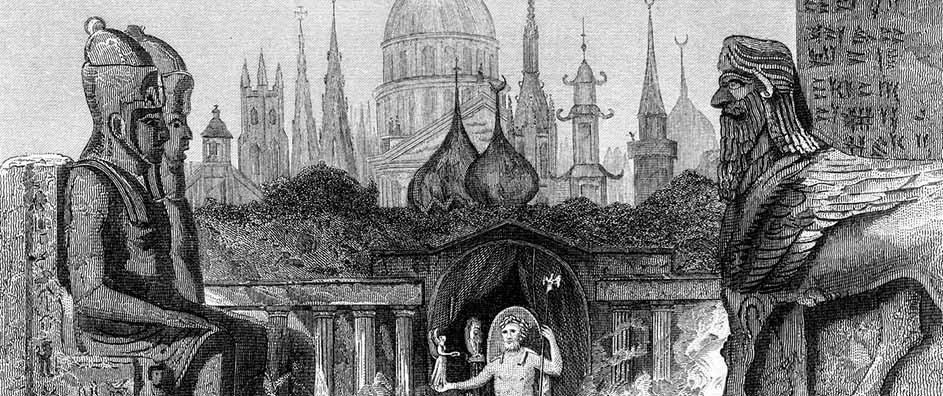

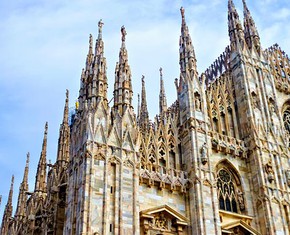
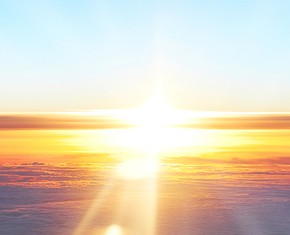

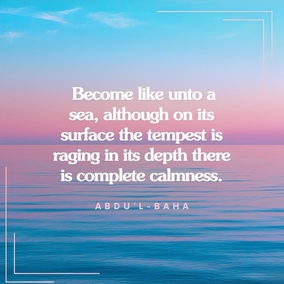
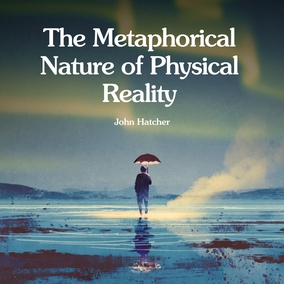
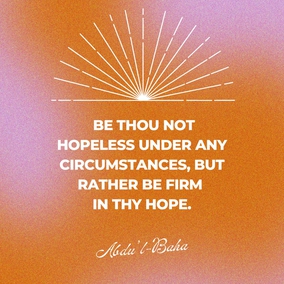
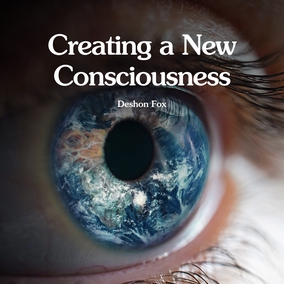


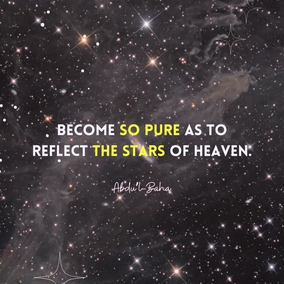


Comments
Sign in or create an account
Continue with Googleor